Description
Familiarity with treatment
Functional Rhinoplasty is a surgical procedure that focuses on improving the function of the nose, particularly in cases where there are structural issues or breathing difficulties. While cosmetic rhinoplasty primarily aims to enhance the appearance of the nose, functional rhinoplasty goes beyond aesthetics to address functional concerns.
During a functional rhinoplasty procedure, the surgeon may perform various techniques to correct structural abnormalities and improve nasal function. These techniques can include:
Nasal Valve Reconstruction: The nasal valves, located at the junction between the lower third and middle third of the nose, are responsible for a significant portion of nasal airflow resistance. In functional rhinoplasty, the surgeon may rebuild and strengthen the nasal valves to alleviate nasal obstruction and improve breathing.
Nasal Tip Elevation: If the nasal tip is drooping or obstructing the nasal airway, the surgeon may elevate and reshape it to improve nasal airflow.
Straightening the Nose: In cases where the nose is deviated or crooked, the surgeon may straighten it to enhance both the appearance and function of the nose.
Functional rhinoplasty can have a significant impact on a person’s quality of life by improving breathing, reducing nasal obstruction, and enhancing overall nasal function. It is worth noting that the specific techniques used and the extent of the procedure will depend on the individual’s unique case and the surgeon’s assessment.
Who is it suitable for?
Functional Rhinoplasty is suitable for individuals who have functional issues with their nose that affect their breathing and overall nasal function. It is not solely performed for cosmetic reasons, but rather to address structural abnormalities and improve nasal airflow.
Here are some factors that may make someone a suitable candidate for Functional Rhinoplasty:
Nasal Obstruction: If you experience chronic nasal obstruction or difficulty breathing through your nose due to structural issues, such as a deviated septum, collapsed nasal valves, or other obstructions, Functional Rhinoplasty may be recommended to correct these problems.
Nasal Trauma: Individuals who have experienced nasal trauma resulting in a nasal deformity or functional impairment may benefit from Functional Rhinoplasty to restore proper nasal function.
Congenital Conditions: Some individuals are born with structural abnormalities in the nose that can cause breathing difficulties. Functional Rhinoplasty can help correct these congenital conditions and improve nasal function.
Revision Rhinoplasty: If you have previously undergone rhinoplasty and are experiencing functional issues or dissatisfaction with the results, Functional Rhinoplasty may be performed to address these concerns and improve nasal function.
Who is it not suitable for?
Functional Rhinoplasty may not be suitable for everyone. Here are some factors that may make someone not suitable for Functional Rhinoplasty:
Purely Cosmetic Concerns: Functional Rhinoplasty primarily focuses on improving nasal function rather than solely addressing cosmetic concerns. If an individual’s primary goal is to enhance the appearance of their nose without any functional issues, they may be better suited for cosmetic rhinoplasty.
Unrealistic Expectations: It is important for individuals considering Functional Rhinoplasty to have realistic expectations about the outcomes of the procedure. While it can improve nasal function, it may not completely resolve all breathing difficulties or achieve aesthetic perfection.
Medical Ineligibility: Some individuals may have medical conditions or health factors that make them ineligible for surgery. It is important to consult with a qualified plastic surgeon who can evaluate your medical history and determine if you are a suitable candidate for Functional Rhinoplasty.
Insufficient Nasal Structure: In some cases, individuals may have insufficient nasal structure or anatomy that cannot be adequately addressed through Functional Rhinoplasty alone. In such cases, alternative treatments or procedures may be recommended.
Advantages
Functional Rhinoplasty offers several advantages, addressing both functional and aesthetic concerns. Here are some benefits associated with Functional Rhinoplasty:
Improved Nasal Function: The primary advantage of Functional Rhinoplasty is the improvement of nasal function. The procedure aims to correct structural abnormalities that may obstruct airflow, such as a deviated septum, collapsed nasal valves, or other obstructions. By addressing these issues, Functional Rhinoplasty can enhance nasal breathing and alleviate symptoms of nasal obstruction.
Enhanced Quality of Life: Functional Rhinoplasty can significantly improve the quality of life for individuals who have been experiencing breathing difficulties or nasal obstruction. By restoring proper nasal function, it can lead to better sleep, increased energy levels, improved exercise tolerance, and overall enhanced well-being.
Correction of Nasal Deformities: In addition to improving nasal function, Functional Rhinoplasty can also address cosmetic concerns associated with nasal deformities. While the primary focus is on functional improvement, the procedure can result in a more balanced and aesthetically pleasing nasal appearance.
Customized Approach: Functional Rhinoplasty is tailored to each individual’s specific needs. The surgeon will assess the patient’s nasal structure, functional concerns, and cosmetic goals to develop a personalized surgical plan. This customized approach ensures that the procedure addresses both functional and aesthetic aspects, providing optimal results.
Long-Term Results: Functional Rhinoplasty aims to provide long-lasting results. By addressing the underlying structural issues, the procedure can lead to sustained improvement in nasal function and aesthetics. However, it’s important to note that individual healing and recovery times may vary.
Complications
Functional Rhinoplasty, like any surgical procedure, carries potential risks and complications. Here are some complications that can occur:
Bleeding: Postoperative bleeding is a common complication in rhinoplasty. It is typically mild and resolves with conservative measures such as head elevation, nasal decongestants, and compression. In rare cases, persistent bleeding may require further intervention.
Infection: Although infections are rare, they can occur after rhinoplasty. Proper surgical techniques, sterile conditions, and postoperative care help minimize the risk of infection. Infections may require antibiotic treatment.
Poor Wound Healing: In some cases, wound healing may be delayed or compromised. Factors such as smoking, poor nutrition, or certain medical conditions can contribute to this complication. Proper preoperative care and adherence to postoperative instructions can help minimize the risk.
Nasal Obstruction: While the goal of Functional Rhinoplasty is to improve nasal function, there is a possibility of persistent or new-onset nasal obstruction. This can occur due to factors such as scar tissue formation, inadequate correction of structural abnormalities, or other anatomical variations.
Altered Sensation: Temporary or permanent changes in nasal sensation can occur after rhinoplasty. This can manifest as numbness, altered sensitivity, or hypersensitivity in the nasal area. In most cases, sensation returns to normal over time, but in rare instances, it may persist.
Asymmetry: Achieving perfect symmetry is challenging in rhinoplasty. Some degree of asymmetry may persist after surgery, especially in complex cases or revisions. Surgeons strive to achieve the best possible symmetry, but complete symmetry cannot always be guaranteed.
Unsatisfactory Aesthetic Outcome: While Functional Rhinoplasty primarily focuses on improving nasal function, it can also have aesthetic implications. There is a possibility that the desired cosmetic outcome may not be fully achieved or may not meet the patient’s expectations. Open communication with the surgeon during the preoperative planning phase is crucial to align expectations.
preoperative care
Preoperative care is an essential part of the overall rhinoplasty process, including functional rhinoplasty. It involves various steps and considerations to ensure a safe and successful surgical outcome. While the specific preoperative care may vary depending on individual circumstances and the surgeon’s recommendations, here are some general aspects to be aware of:
Patient Evaluation: Before undergoing functional rhinoplasty, a thorough evaluation is conducted by the surgeon. This evaluation typically includes a comprehensive medical history review, physical examination, and any necessary diagnostic tests or imaging. The purpose is to assess the patient’s overall health, nasal structure, and functional concerns to determine the most appropriate surgical approach.
Discussion of Expectations: It is crucial for patients to have realistic expectations about the outcomes of functional rhinoplasty. The surgeon will discuss the patient’s goals, explain what can be achieved through the procedure, and address any concerns or questions. Open communication between the patient and surgeon is essential to ensure a shared understanding of the expected results.
Medical Clearance: Depending on the patient’s medical history and overall health, the surgeon may request medical clearance from the patient’s primary care physician or other specialists. This step helps ensure that the patient is in good overall health and can safely undergo surgery.
Smoking Cessation: Smoking can significantly impact the healing process and increase the risk of complications. Therefore, patients are typically advised to quit smoking well in advance of the surgery. This includes avoiding smoking during the preoperative period to optimize healing and reduce the risk of complications.
Medication Review: The surgeon will review the patient’s current medications, including prescription drugs, over-the-counter medications, and supplements. Some medications may need to be adjusted or temporarily discontinued before the surgery to minimize the risk of bleeding or other complications.
Preoperative Instructions: Patients will receive specific preoperative instructions from their surgeon. These instructions may include guidelines regarding fasting before surgery, restrictions on eating or drinking, and the use of certain skincare products or medications. It is important to carefully follow these instructions to ensure a smooth and safe surgical experience.
Preoperative Testing: Depending on the patient’s medical history and the surgeon’s recommendations, preoperative testing may be required. This can include blood tests, imaging studies, or other diagnostic procedures to assess the patient’s overall health and identify any potential risk factors.
Postoperative care
Proper postoperative care is crucial for a successful recovery after Functional Rhinoplasty. While specific instructions may vary depending on the surgeon’s preferences and the individual patient’s needs, here are some general guidelines:
Follow Surgeon’s Instructions: It is essential to carefully follow the postoperative instructions provided by your surgeon. These instructions may include guidelines for wound care, medication usage, activity restrictions, and follow-up appointments. Adhering to these instructions will help optimize healing and minimize the risk of complications.
Manage Discomfort: Pain and discomfort are common after rhinoplasty. Your surgeon may prescribe pain medication or recommend over-the-counter pain relievers to manage any discomfort. It’s important to take medications as directed and report any severe or worsening pain to your surgeon.
Nasal Splint and Dressings: After surgery, you may have a nasal splint or dressings in place to support and protect the nose. It’s important to keep the splint and dressings dry and clean as instructed by your surgeon. Avoid touching or manipulating them unless specifically advised by your surgeon.
Nasal Hygiene: Your surgeon may provide specific instructions for nasal hygiene. This may include saline nasal rinses or sprays to keep the nasal passages clean and moist. Following proper nasal hygiene practices can help reduce the risk of infection and promote healing.
Elevate Your Head: Keeping your head elevated while resting or sleeping can help reduce swelling and promote better healing. It’s recommended to sleep with your head elevated on pillows for the first few weeks following surgery.
Avoid Strenuous Activities: It’s important to avoid strenuous activities, heavy lifting, and exercise for a period of time as advised by your surgeon. Engaging in these activities too soon can increase the risk of bleeding, swelling, and complications.
Protect Your Nose: During the initial healing phase, it’s important to protect your nose from accidental bumps or trauma. Be cautious when engaging in activities that may pose a risk to your nose, and avoid wearing glasses or sunglasses that rest on the bridge of your nose until cleared by your surgeon.
Attend Follow-up Appointments: Regular follow-up appointments with your surgeon are crucial for monitoring your healing progress and addressing any concerns. It’s important to attend these appointments as scheduled and communicate any changes or issues you may be experiencing.
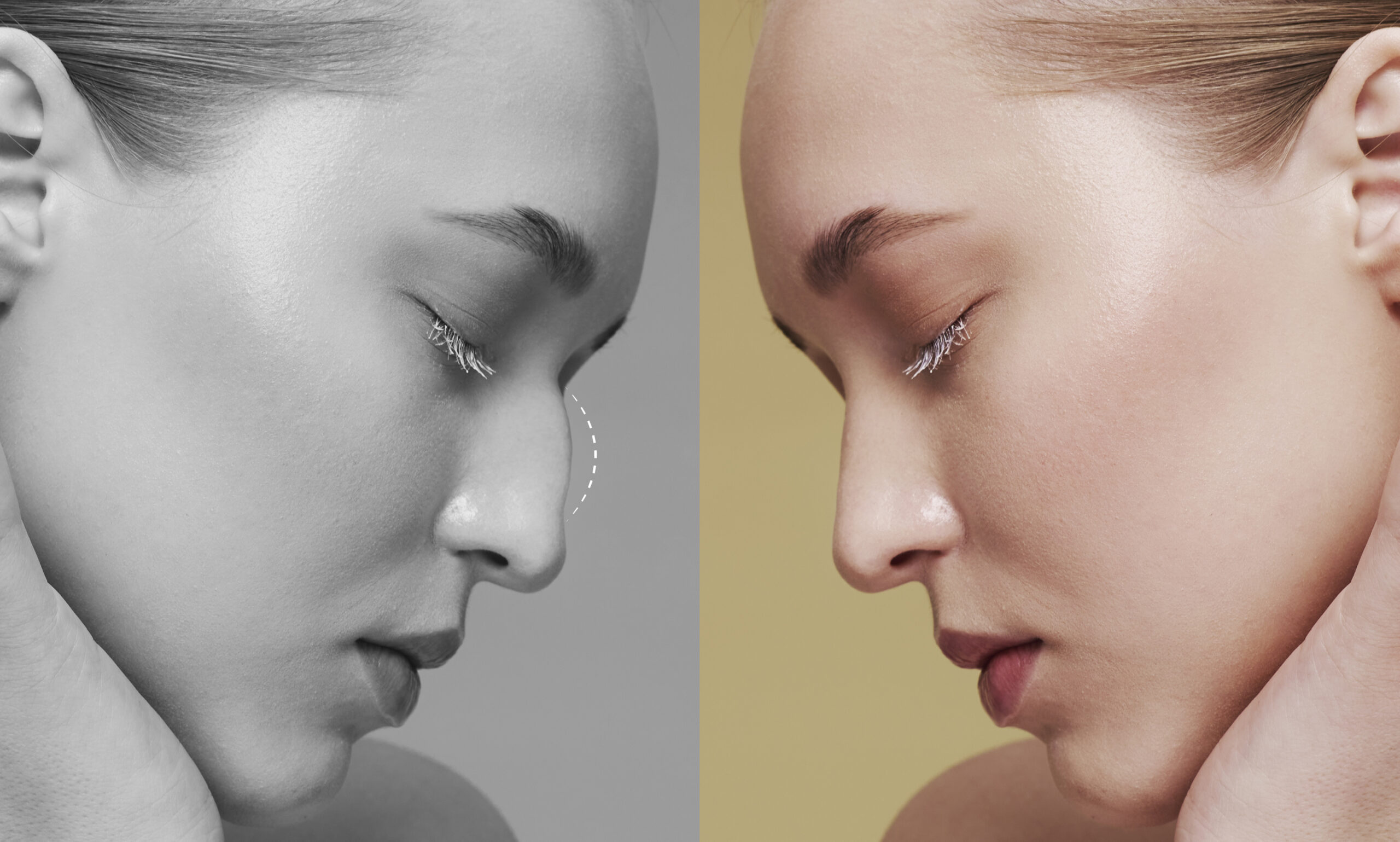
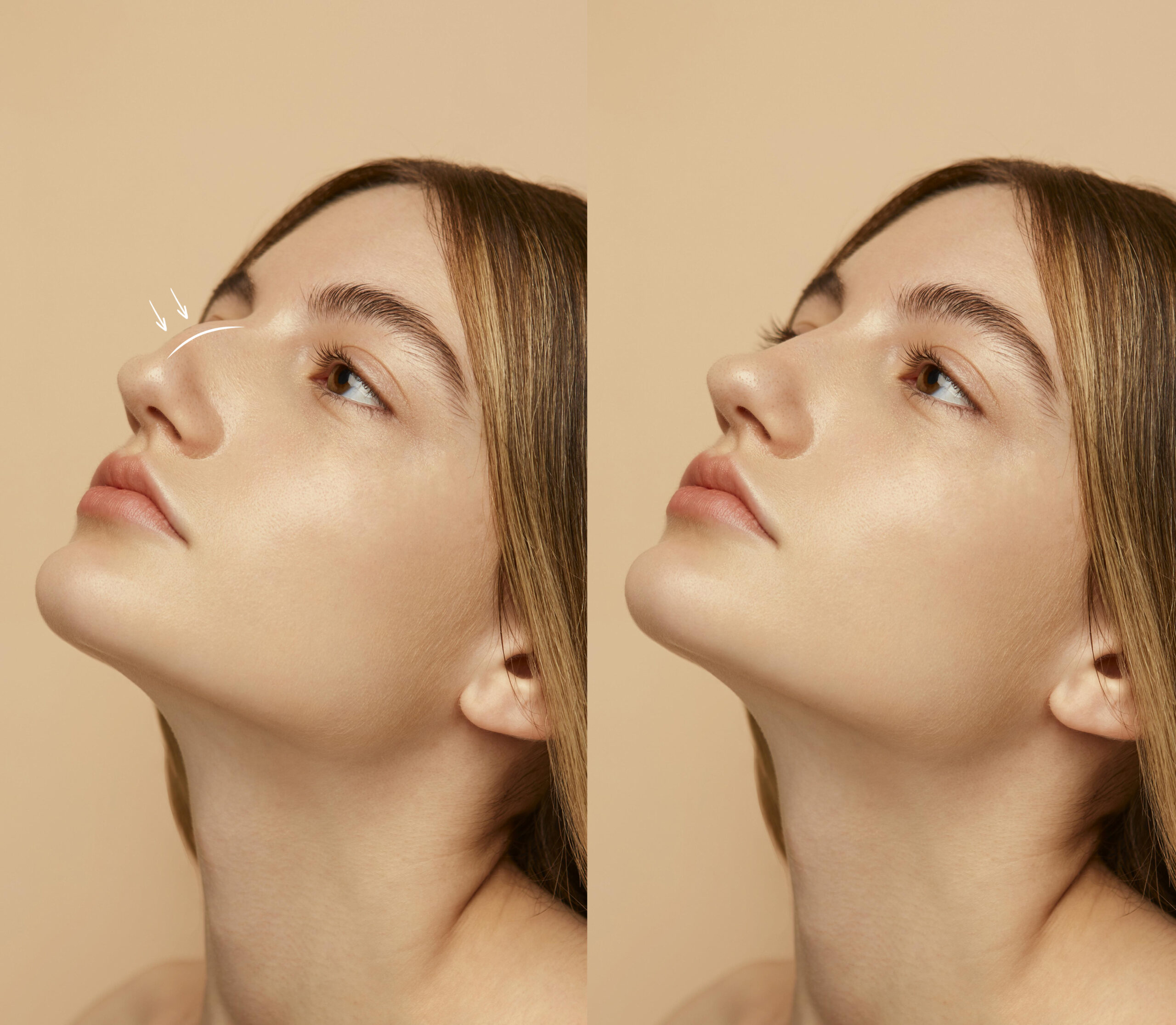
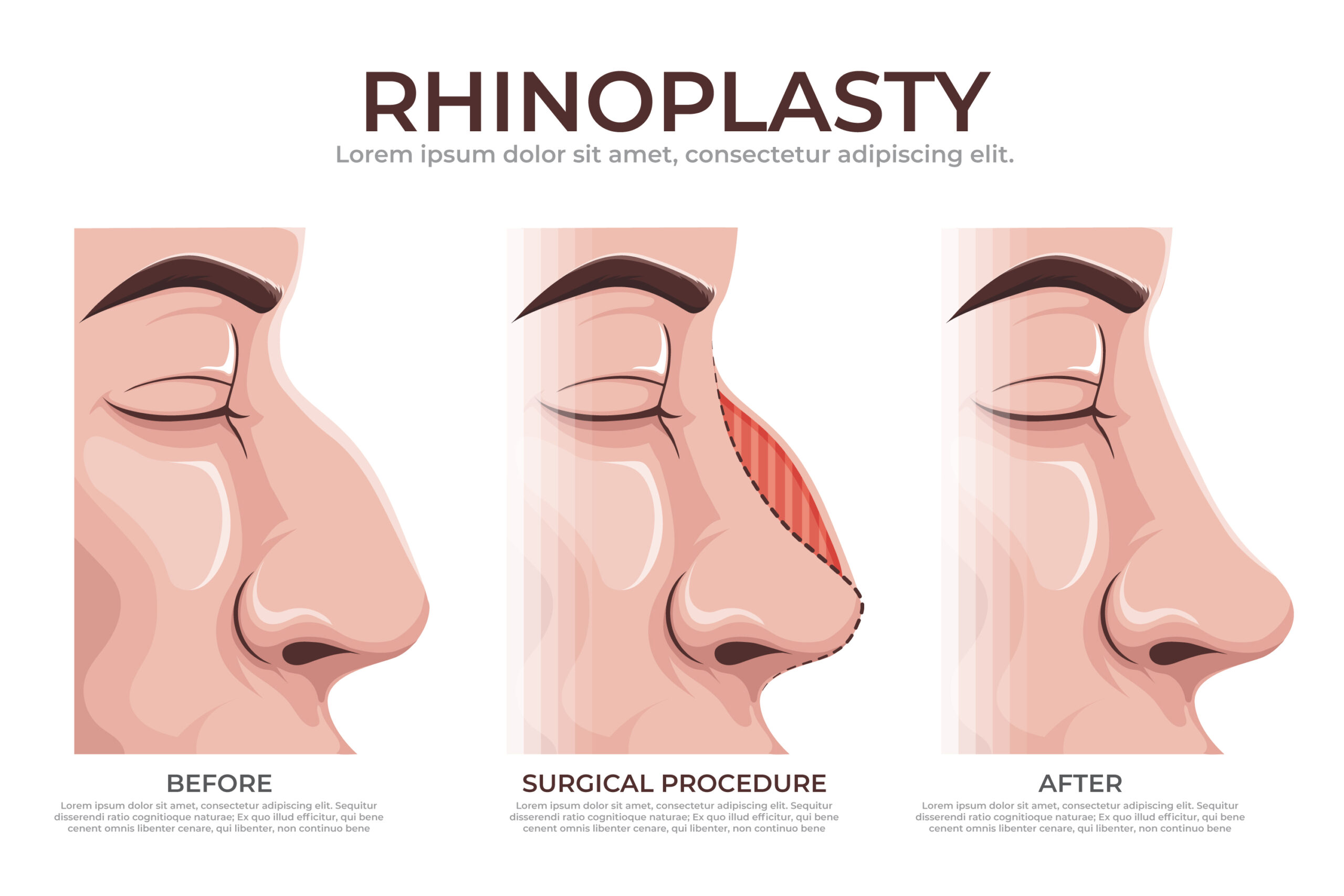
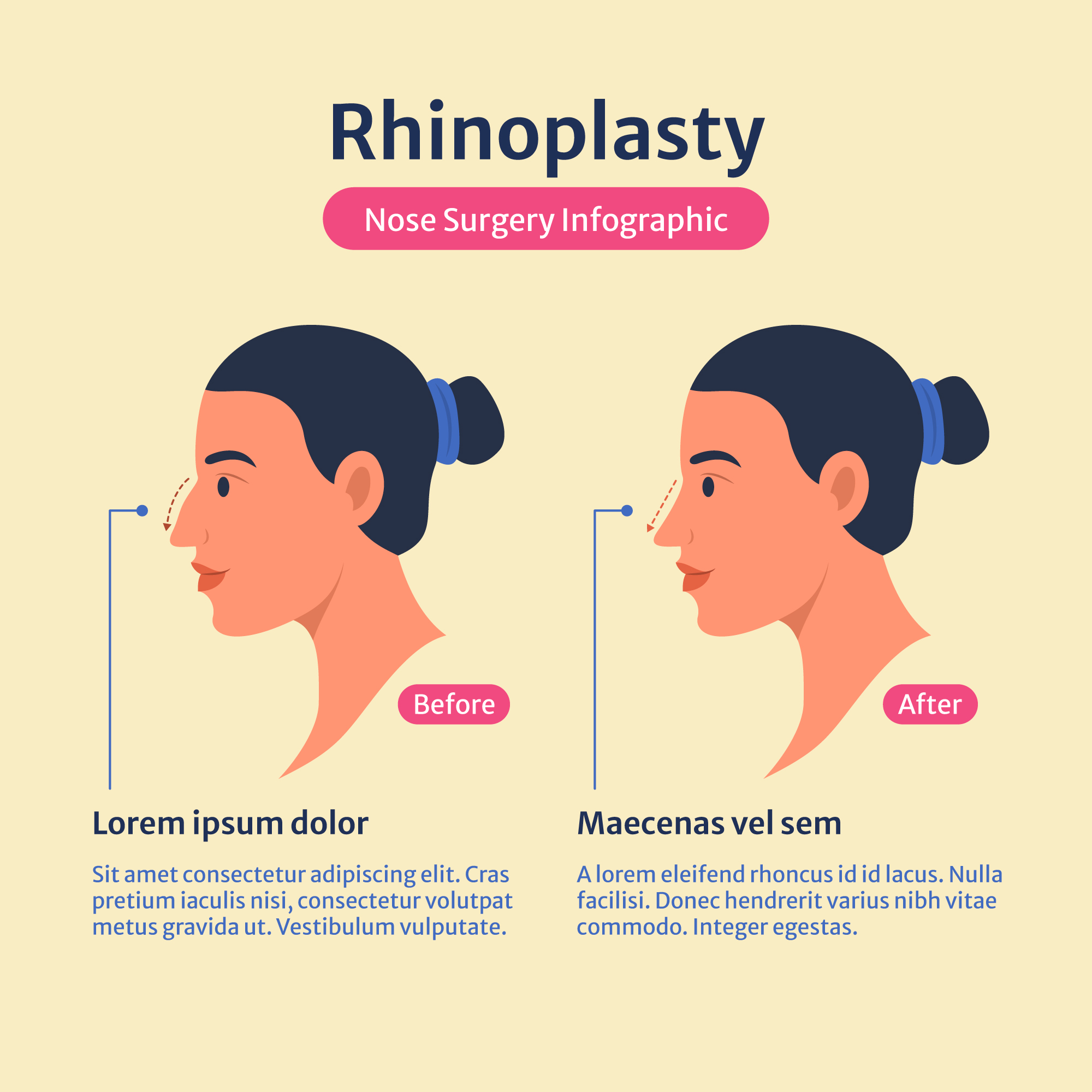
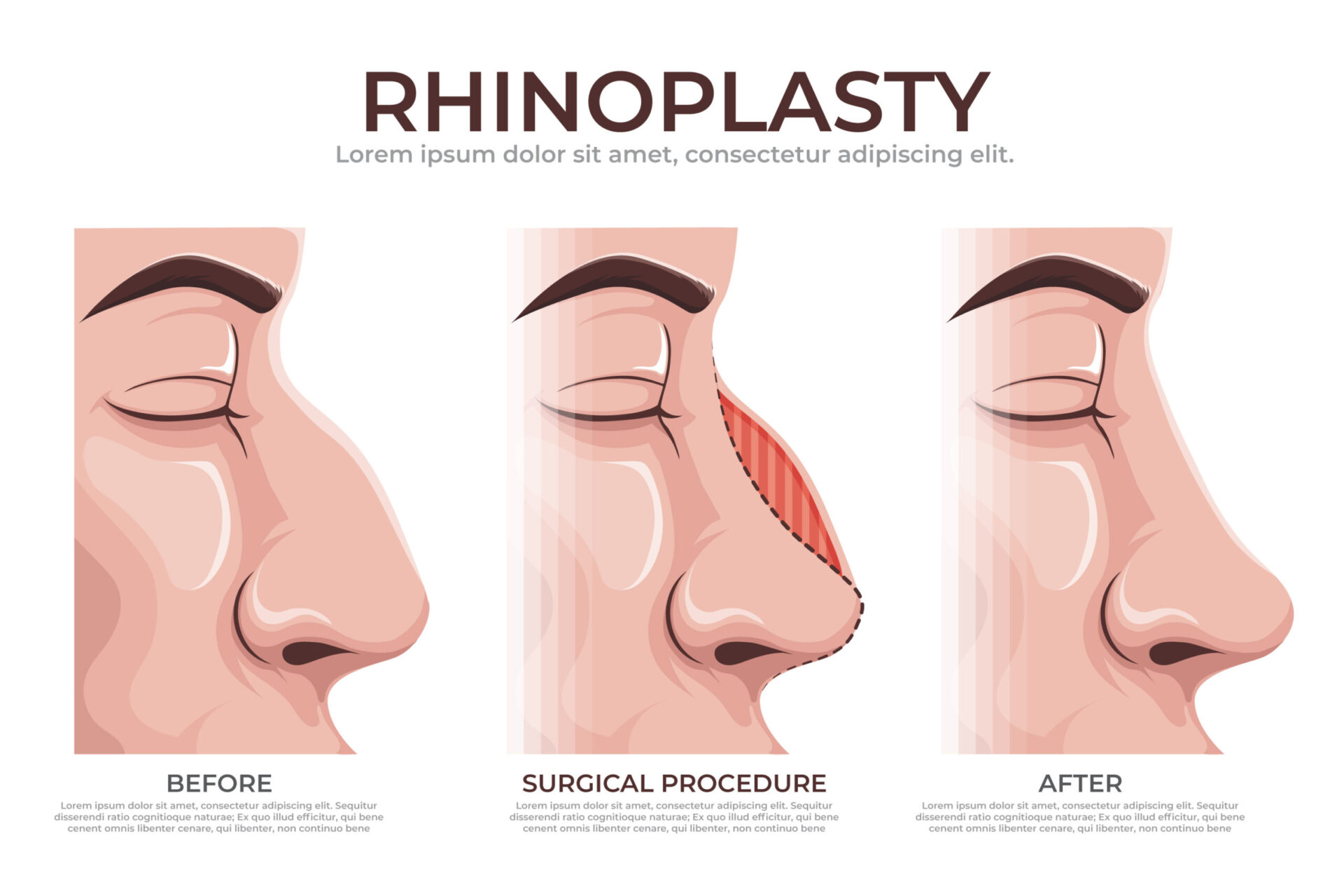
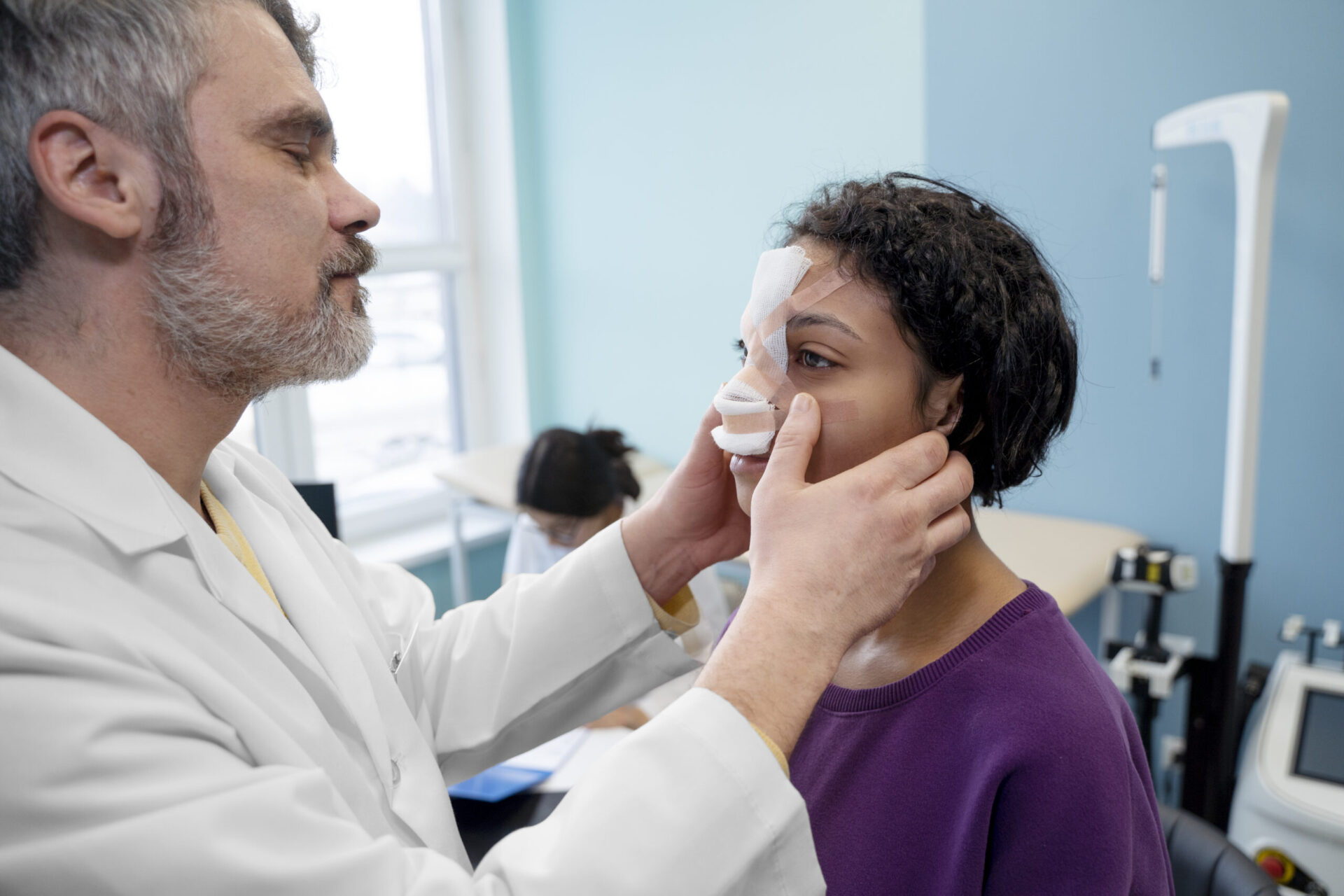
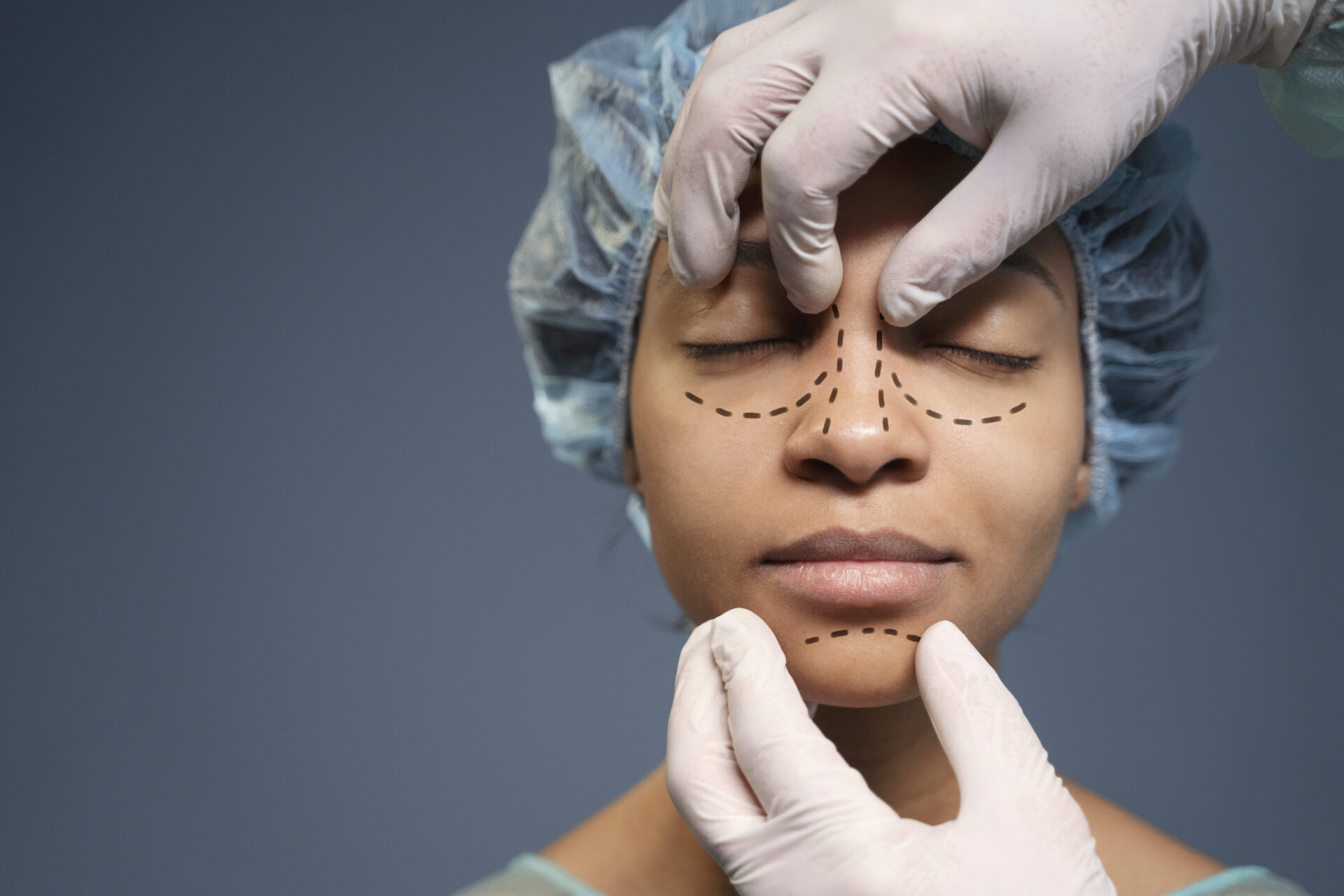
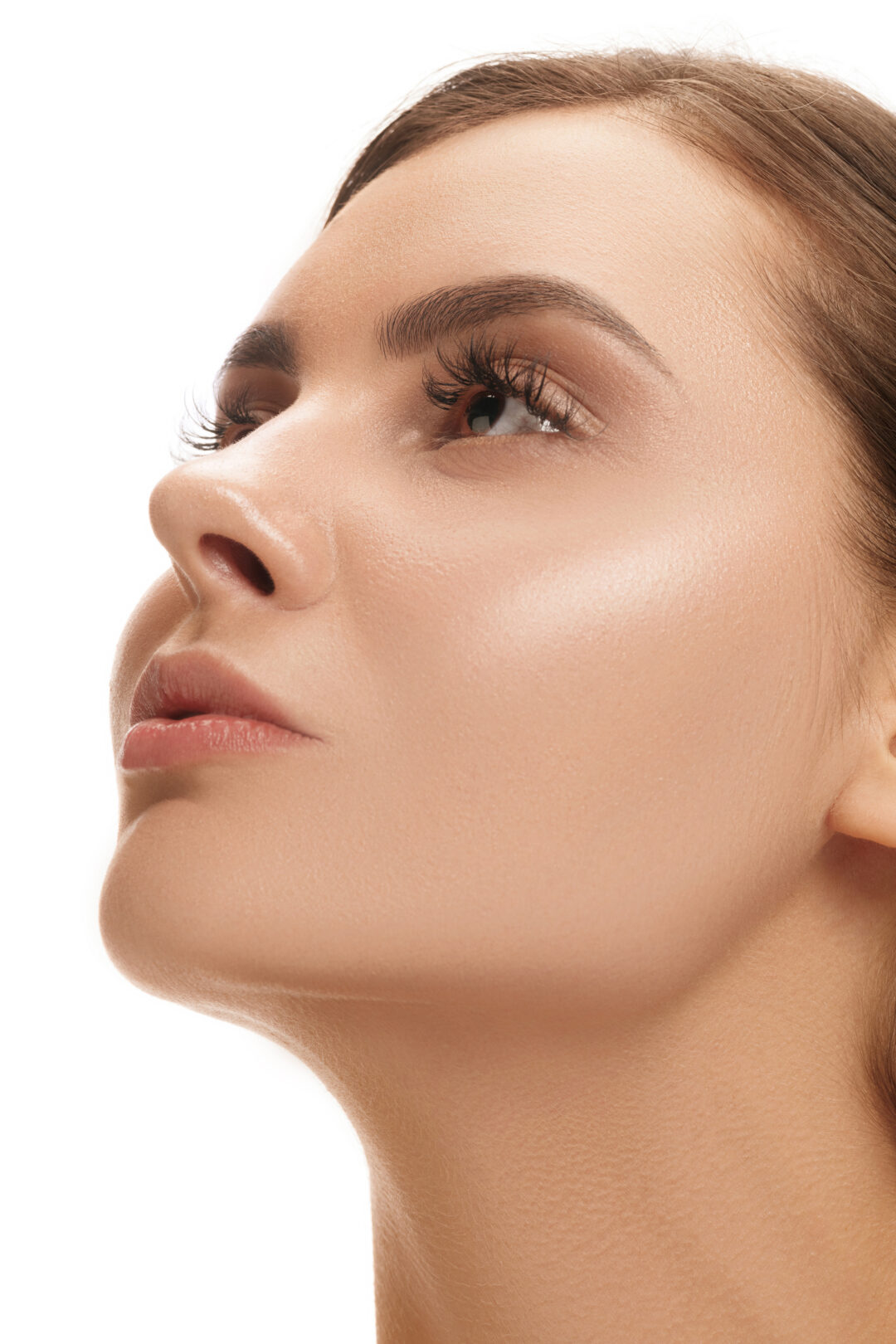
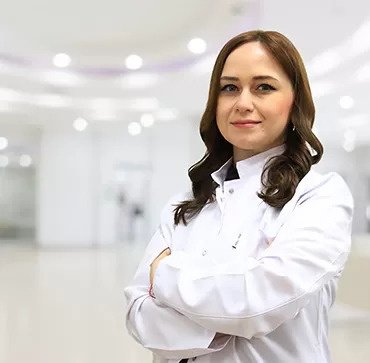

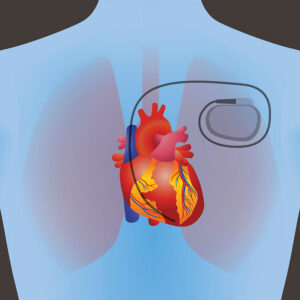
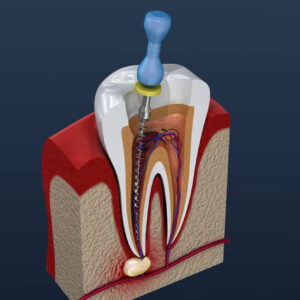
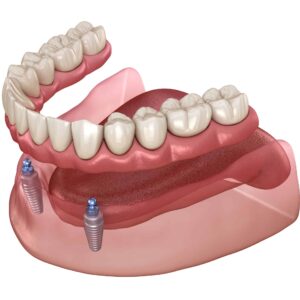
Reviews
There are no reviews yet.